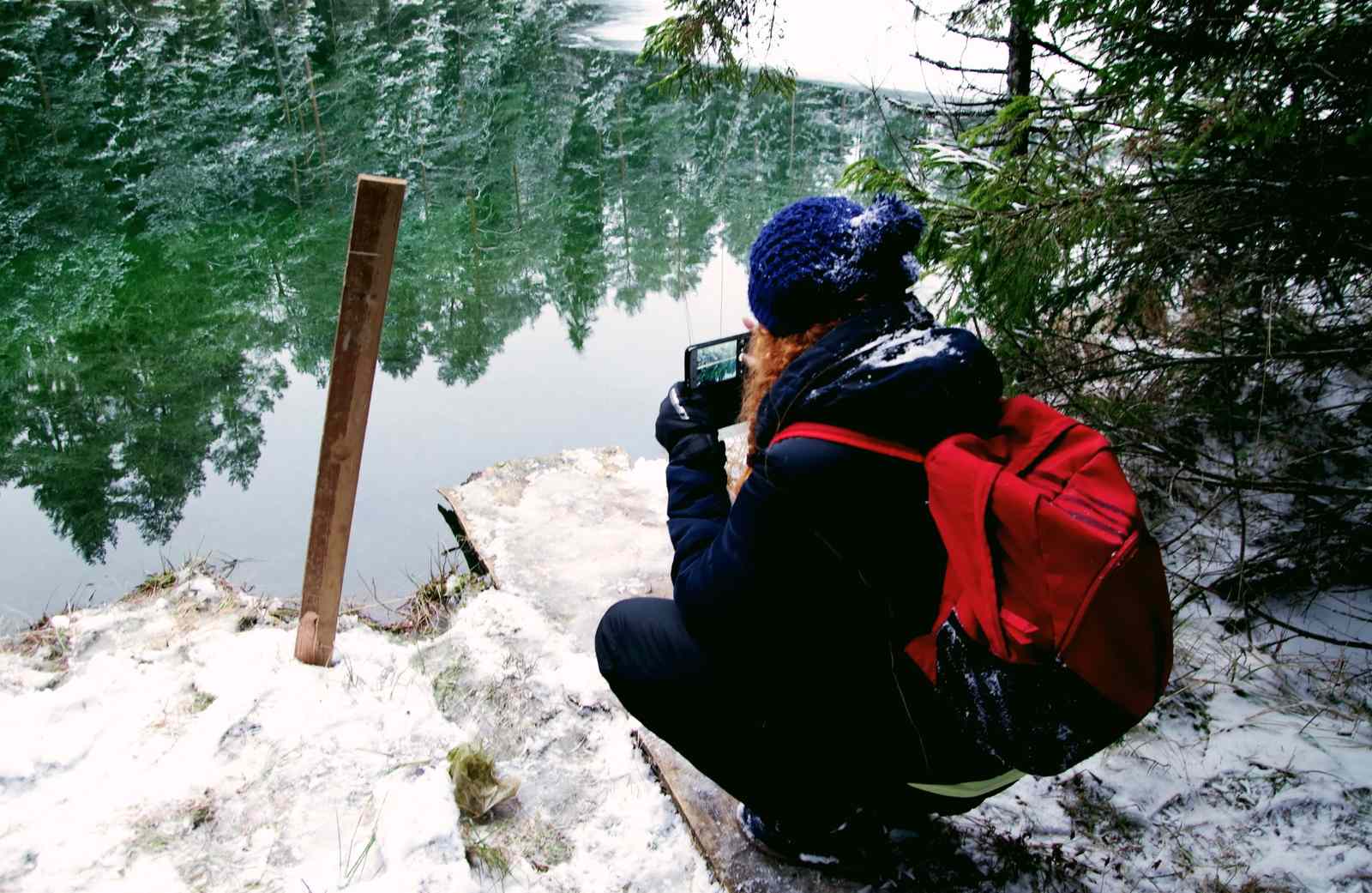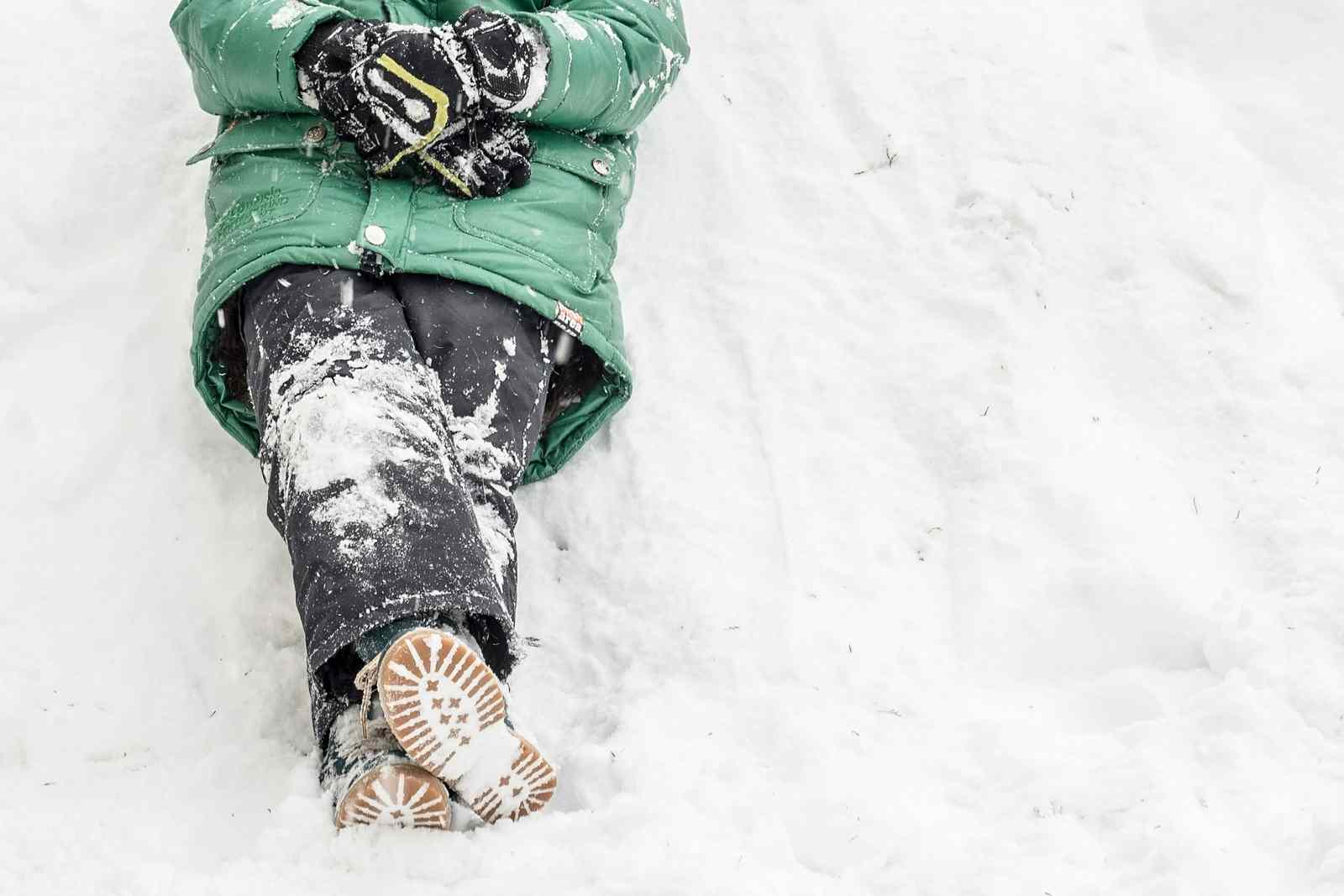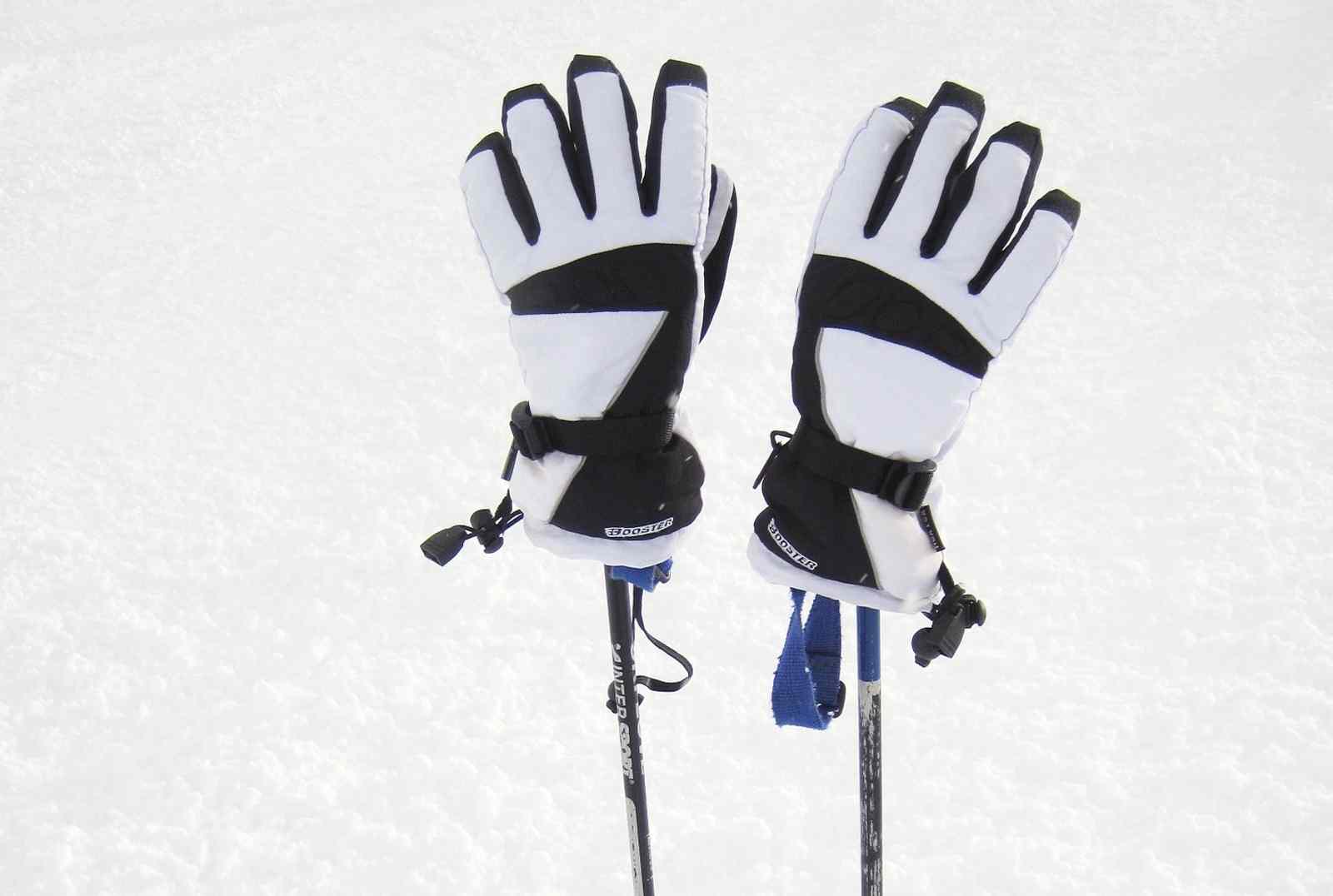Published January 16, 2019
New to winter hiking and wondering how to tackle Canadian temperatures?
You’re in luck! Outdoor companies have been researching how to stay warm on winter adventures for decades and now have it down to a science. Their work has made it easy for us to dress for the weather so that we can just focus on getting outside and exploring the Great Lakes region.

Choosing the right materials
It is likely the most common material in your closet, but you’ll want to steer clear of cotton as a rule for winter hiking. Cotton simply isn’t great for heat retention. If cotton gets wet, it stays wet and that is something you want to avoid in the winter cold.
Fortunately, there are better designed technical fabrics that help you stay warm when wet and prevent you from getting wet with sweat in the first place. Synthetic fabrics are engineered to quickly wick moisture away from the skin and merino wool fabrics have naturally wicking and antimicrobial properties.

Synthetic fabrics are typically much lighter, but can start smelling faster than merino. Merino wool has a feel that many people prefer and it regulates temperatures much better than synthetics. On the other hand, synthetics are a good option if you are avoiding animal products. They are also more affordable, coming with a lower price point and greater durability. Either way, both quality engineered synthetics and merino wool will leave you warm and dry.
Layering up
Just like a good cake, layers on a winter adventure are essential. Having the ability to add or remove layers prevents overheating or being stuck without the right gear. A good layering system of diverse pieces allows you to easily and comfortably adapt to changes in temperatures, weather, and activity levels.

4-layers will serve your upper body well during cold-weather activities:
1. Next-to-skin base layer. You’ll want this layer to be close to your body but not so tight it feels restrictive. If it’s too loose and feels like a relaxed fit, it may not retain warmth in the way it is intended to.
2. Mid-layer for warmth. This layer should be warming but lightweight and hold the heat in. This layer can be synthetic or merino wool depending on your preference.
3. Mid-weight insulating layer. A fleece pullover or puffy is great for providing an extra layer to insulate your body. The puffy can be synthetic or down feathers depending on your preference and price point (but down will provide more warmth).
4. A hard shell or soft shell outer-layer. For the final layer, a hard shell is key to have on hand in case the weather changes, but it may not always be required. A hardshell will provide protection from weather but will not be breathable in the way that a soft layer will be. Instead, you may be fine with a nylon outer layer for a dryer cold that is free of wind.

For your lower body, you can stick with three layers:
1. Next-to-skin base layer. Similar to your upper body, this is the first step in providing warmth and retaining heat in your layering system.
2. Hiking pants. This layer does not need to be geared to winter, so you may be able to use pants that you have on hand. Nylon pants may serve you well here as they have good abrasion resistance and are affordable. If you would describe yourself as cold-blooded in the literal sense—as someone who has difficulty regulating temperature—there are warmer options like fleece pants available for you.
3. A hard-shell outer layer. This layer will help to keep the snow off of your legs as you trudge through the winter wonderland. It will also offer wind resistant protection on cooler days. Even if you don’t start the day with this layer, they make the world of difference as the sun sets.

Protecting Your Extremities
On particularly cold days, you can even layer hats to keep that head warm or alternatively choose one of the following:
1. A merino wool hat. This hat can serve as the base layer keeping your body warmth held in.
2. Synthetic hat. A fleece, acrylic, or polyester hat can be your top layer to keep you warm.

Mitts can be layered as well, hopefully you’re catching the theme for extreme cold here:
1. Glove liner. You can go with a glove liner as the material to double your warmth on adventures or to keep your hands warm on casual strolls through the city.
2. Heavy weight gloves or mitts. Depending on your activity level, heavy weight gloves or mitts are your main source of warmth and defence against the cold when outside. Gloves serve well if you’ll need to use your hands on your adventure but mitts will keep your hands warmer.

Avoid layering socks and instead choose a single pair that provides adequate heat: As with any season, it is important that your socks are the right size to prevent blistering. Many people opt for merino wool socks here as they wick away sweat and provide warmth when wet. You may choose a synthetic pair as an alternative but these are harder to track down. Also be sure to look for socks that are designed for higher levels of activity and suit your style of boot.
Stepping out on snow-covered terrain
When it comes to footwear, you will want to look for hiking boots that will serve your regional temperatures. If you’re sticking to the Great Lakes, there are quite a few features to consider.
To prepare for the terrain, you will want to find something that allows for solid grip on ice and snow as you head into the backcountry. In terms of staying dry, GORE-TEX is the best option for winter hiking because it is both waterproof and breathable, keeping your feet dry and warm even when you start to sweat.

For warmth, there are some incredible new technologies that boast a -40°C active temperature rating, which pairs well with features like fleece and other material boot linings. This will serve you well for cold-weather hiking or snowshoeing, leaving you feeling warm from the insulation and supported as you travel on the frozen ground.

Use this as a guide when heading outside this season, but remember to check with expert staff at your local outdoor store for support specific to your location, adventure, and activity level.
Happy hiking!
